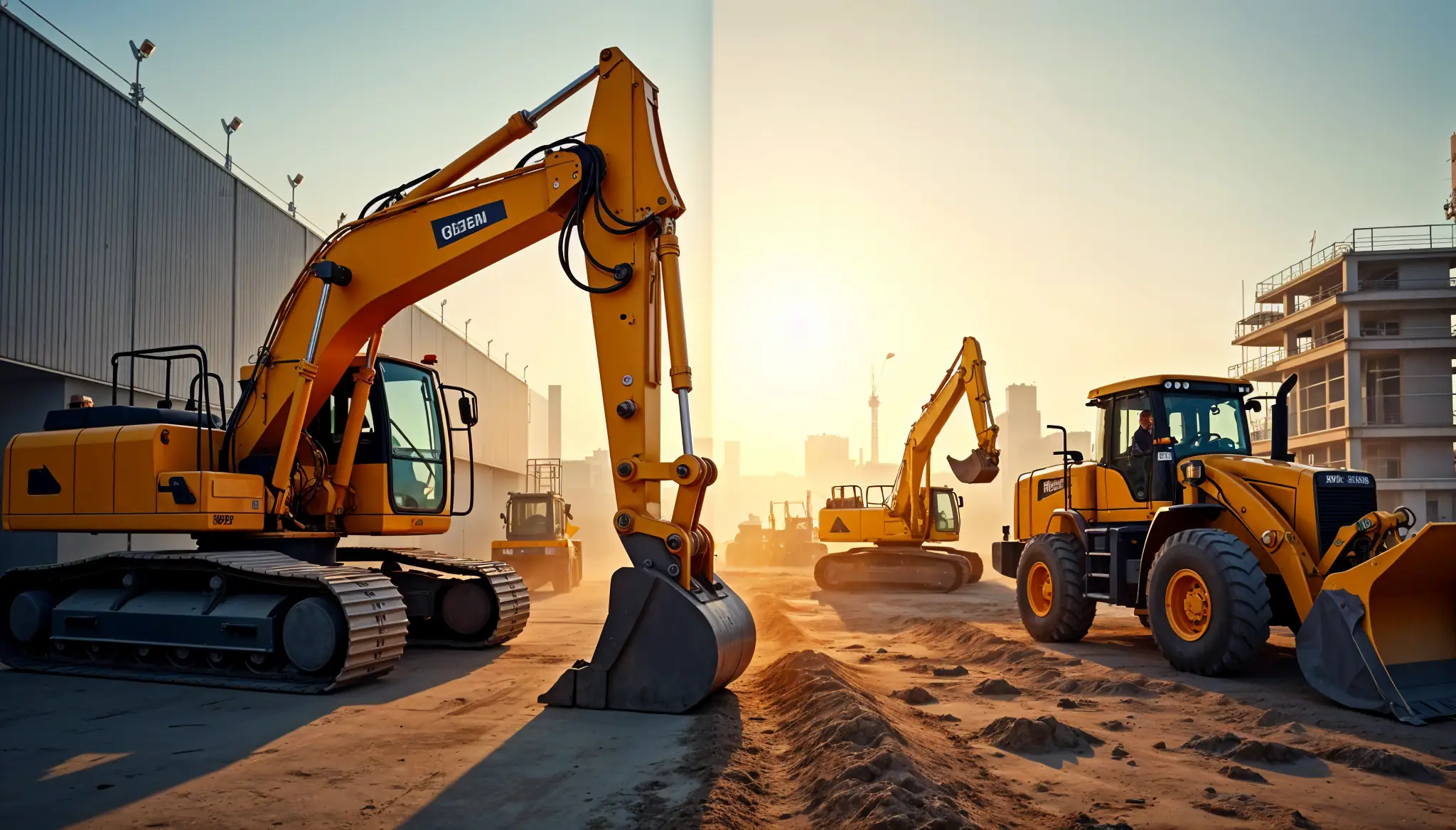In the construction industry, equipment is the backbone of every project. From bulldozers to excavators, these powerful machines are significant investments that directly impact productivity, safety, and profitability. Unplanned downtime due to mechanical failure can bring a job site to a halt, causing costly delays and budget overruns. A proactive approach to maintenance is not just a best practice; it’s a fundamental requirement for success.
This guide provides a comprehensive overview of how to keep your construction equipment operating at peak performance, ensuring reliability and extending its operational life.
The Foundation: A Preventive Maintenance Program
Reactive maintenance, or fixing equipment only when it breaks, is an expensive and inefficient strategy. A preventive maintenance (PM) program is designed to prevent failures before they happen. By scheduling regular inspections, servicing, and component replacements, you can identify and address potential issues early on.
A successful PM program involves several key components:
- Detailed Checklists: Create specific checklists for each piece of equipment based on the manufacturer’s recommendations. These should outline daily, weekly, and monthly maintenance tasks.
- Clear Scheduling: Establish a consistent schedule for all maintenance activities. This ensures no task is overlooked and that servicing occurs at appropriate intervals based on operating hours or time.
- Thorough Record-Keeping: Document every inspection, repair, and service performed. These records provide a valuable history that helps diagnose recurring problems and informs decisions about future equipment purchases.
Daily Inspections: The First Line of Defense
The most effective maintenance starts with the operators themselves. Empowering your team to conduct daily walk-around inspections before each shift can catch many issues before they escalate. These checks should be simple yet thorough.
Key Areas for Daily Checks:
- Fluid Levels: Verify oil, hydraulic fluid, coolant, and fuel levels are within the recommended range. Low fluid levels can cause overheating and serious mechanical damage.
- Tires and Tracks: Inspect tires for proper inflation, cuts, and excessive wear. For tracked equipment, check track tension and look for any damaged components.
- Hoses and Belts: Look for any cracks, leaks, or signs of wear on hoses and belts. A failed hose can cause a sudden loss of hydraulic pressure, creating a serious safety hazard.
- Safety Features: Ensure all safety equipment, such as lights, horns, backup alarms, and brakes, is functioning correctly.
- General Condition: Check for any loose bolts, visible damage, or unusual leaks around the machine.
Essential Maintenance Practices for Longevity
Beyond daily checks, several core practices are vital for extending the life of your heavy machinery.
Adhere to Lubrication Schedules
Proper lubrication is one of the most critical aspects of equipment maintenance. It reduces friction between moving parts, prevents wear, and helps dissipate heat. Follow the manufacturer’s guide for the correct type of lubricant and the recommended intervals for application. Greasing joints and other friction points regularly prevents premature failure of pins and bushings.
Keep Equipment Clean
Mud, dirt, and debris can do more than just make equipment look bad. They can hide potential problems like leaks or cracks, accelerate wear on moving parts, and cause components to overheat by trapping heat. Regular cleaning allows for more effective inspections and helps maintain the machine’s condition.
Monitor and Manage Fluids
Using high-quality fluids and filters is essential. Contaminated oil or hydraulic fluid can quickly destroy expensive components. Implement a fluid analysis program to test samples periodically. This can reveal signs of internal wear or contamination, allowing you to address issues before a catastrophic failure occurs.
The Role of Training and Technology
A well-maintained fleet is also the result of a well-trained team. Operators should understand how their actions impact the machinery. Training on proper startup and shutdown procedures, correct operating techniques, and recognizing signs of malfunction can significantly reduce unnecessary wear and tear.
Furthermore, leveraging technology can streamline maintenance efforts. Telematics systems, which provide real-time data on engine hours, location, and diagnostic codes, are invaluable. This information helps optimize maintenance schedules and alerts managers to problems as they happen. When looking for new machinery, such as a potain tower crane for sale, considering models with advanced diagnostic capabilities can simplify long-term maintenance management.
By combining a robust preventive maintenance program with diligent daily inspections and proper operational training, you can ensure your construction equipment remains a reliable and valuable asset for years to come.
